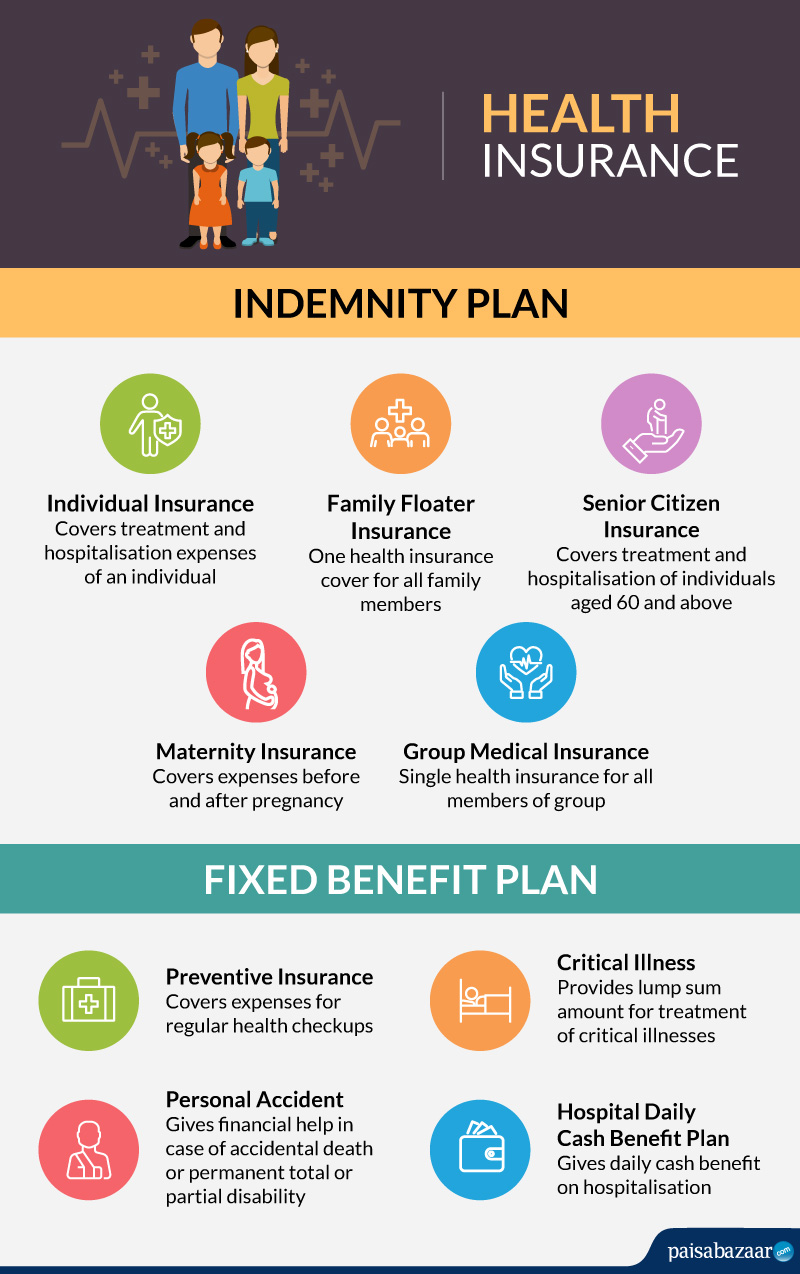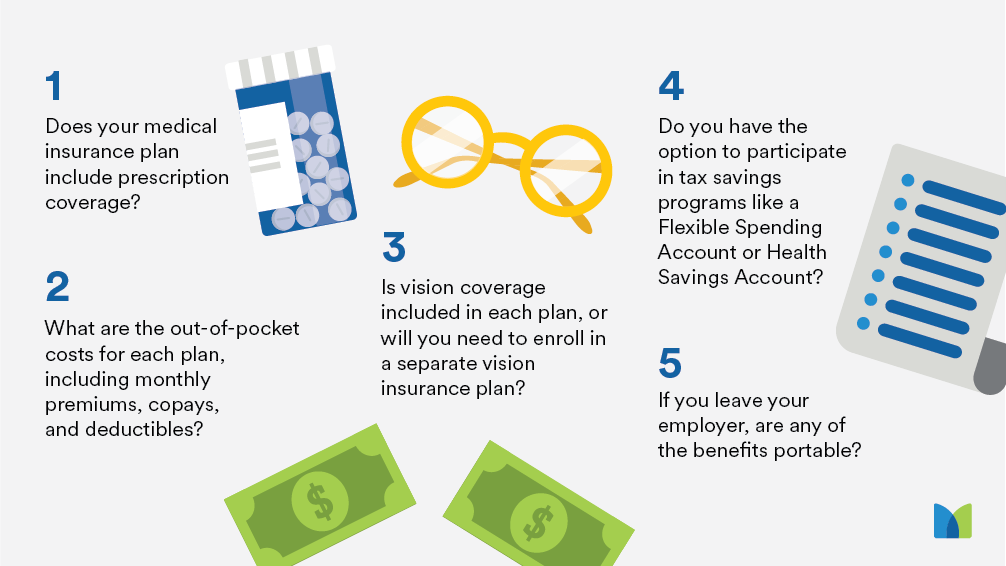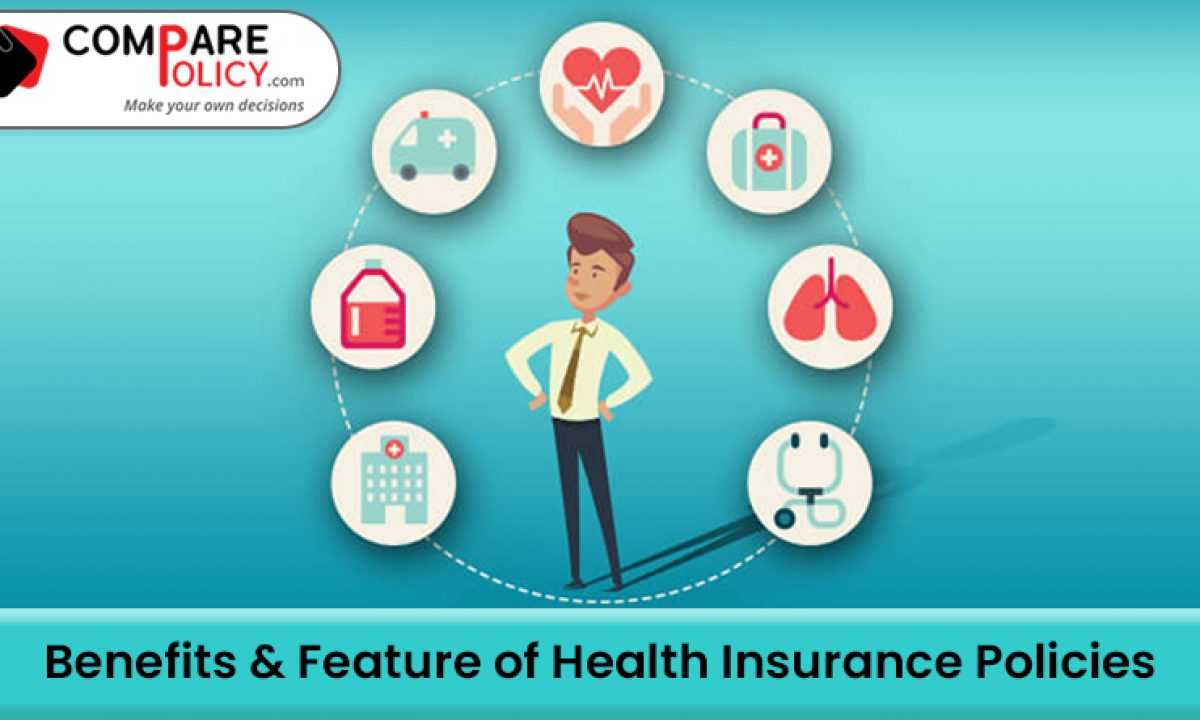Medicare Advantage Agent Fundamentals Explained
Medicare Advantage Agent Fundamentals Explained
Blog Article
The Single Strategy To Use For Medicare Advantage Agent
Table of ContentsMore About Medicare Advantage AgentMedicare Advantage Agent - TruthsMedicare Advantage Agent - The Facts

follows from adheres to the perplexing young age profile of the uninsured with the better health, health and wellness average, standard younger personsMore youthful For those without access to workplace health insurance coverage, poor health and wellness is a possible obstacle to buying nongroup protection due to the fact that such insurance coverage might be extremely valued, exclude preexisting problems, or be simply unavailable. Unless otherwise kept in mind, nationwide quotes of people without wellness insurance and percentages of the populace with different kinds of protection are based on the CPS, the most commonly utilized source of estimates of insurance policy protection and uninsurance prices.

Top Guidelines Of Medicare Advantage Agent
The connection between health and wellness insurance and accessibility to care is well developed, as recorded later on in this chapter. The partnership between health insurance policy and health end results is neither direct neither basic, a substantial scientific and wellness services research study literature web links wellness insurance protection
to improved access accessibility care, better qualityHigh quality and improved boosted individual population populace wellnessCondition The 2nd record, on individual health and wellness end results for uninsured adults, is stood for by the innermost circle of the number, while the 3rd record, on family members well-being, incorporates the topics of the second report but emphasizes a different device of analysis, specifically, the family.
Additionally, it focuses especially on those without any type of medical insurance for any type of length of time. The problems encountered by the underinsured are in some aspects similar to those dealt with by the uninsured, although they are normally much less extreme. Uninsurance and underinsurance, nonetheless, entail distinctly various plan concerns, and the approaches for resolving them may vary. Throughout this research and the five reports to comply with, the primary focus gets on persons without medical insurance and therefore no aid in spending for health and wellness treatment beyond what is available with charity and safeguard organizations. Medical insurance is a powerful variable influencing invoice of treatment since both clients and doctors react to the out-of-pocket price of solutions. Medical insurance, nonetheless, is neither required neither sufficient to get to medical solutions. However, the independent and straight effect of health
insurance protection on access to health and wellness services is well developed. Others will certainly obtain the healthcare they require even without medical insurance, by spending for it out of pocket or seeking it from providers who use treatment totally free or at highly subsidized prices. For still others, medical insurance alone does not make certain receipt of treatment as a result of other nonfinancial obstacles, such as a lack of wellness care service providers in their area, limited accessibility to transportation, illiteracy, or etymological and cultural differences. Official research study concerning without insurance populaces in the USA dates to the late 1920s and early 1930s when the Committee on the Expense of Treatment generated a collection of reports concerning financing medical professional workplace sees and hospitalizations. This concern ended up being prominent as the numbers of clinically indigent climbed throughout the Great Depression. Empirical studies constantly sustain the link between access to care and enhanced health and wellness end results(Bindman et al., 1995; Starfield, 1995 ). Having a regular source of care can be taken into consideration a forecaster of access, instead of a direct step of it, when health and wellness results are themselves utilized as accessibility indications. This expansion of the notion of access measurement was made by the IOM Board on Keeping An Eye On Gain Access To to Personal Healthcare Solutions(Millman, 1993, p. Whether or not parents are insured appears to influence whether or not their youngsters look at more info obtain treatment in addition to how much careeven if the youngsters themselves have insurance coverage(Hanson, 1998). The health of moms and dads can influence their capacity to take care of their kids and the level of household stress and anxiety. Fretting about their children's access to care is itself a source of tension for parents. 3 phases follow in this record. Phase 2 supplies an overview of just how employment-based health insurance coverage, public programs and private insurance plan run and engage to provide comprehensive but insufficient insurance coverage of the U.S. population. This consists of an evaluation of historic patterns and public policies affecting both public and exclusive insurance policy, a conversation of the communications among the different sorts of insurance, and an exam of why individuals move from one program to another or wind up

Report this page